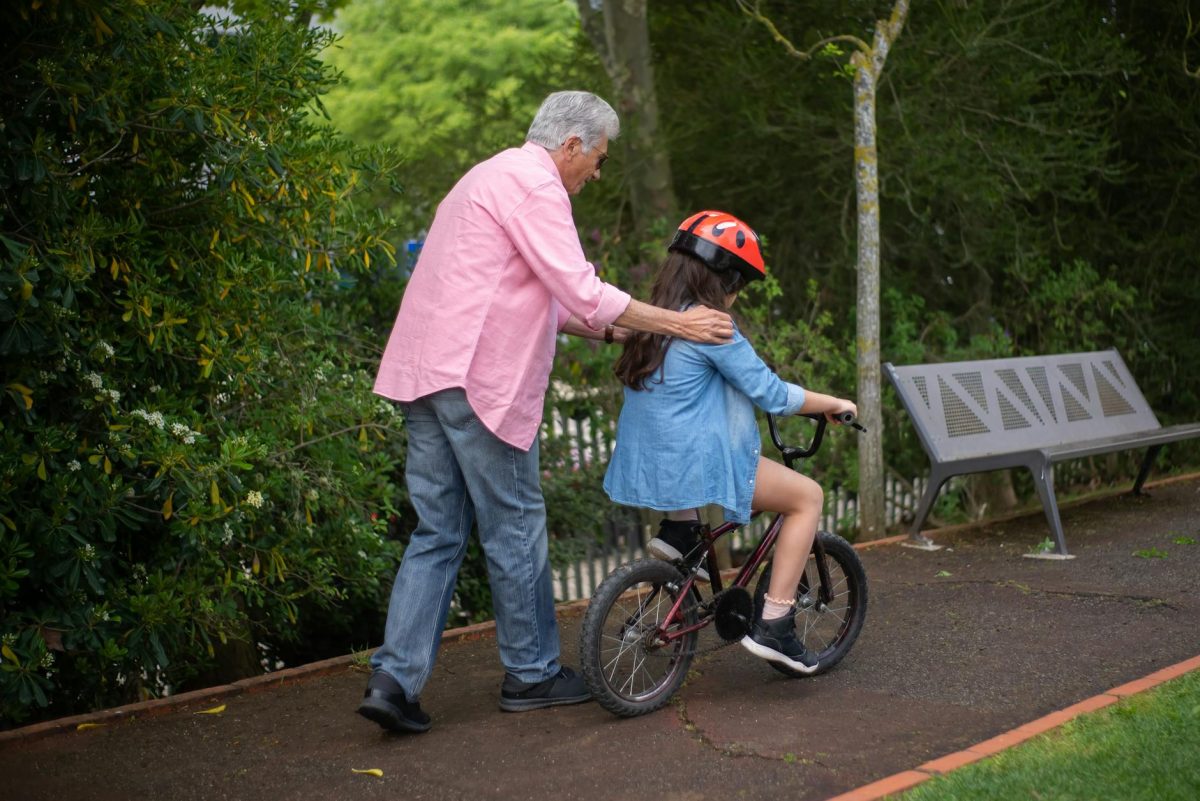Kids Bikes Buying Guide: Best Safety Tips for Fun Rides
Purchasing a bike for your child can be an exciting and rewarding experience. Not only does it encourage physical activity and outdoor exploration, but it also provides a sense of freedom and independence. However, safety should always be a top priority when it comes to riding bikes. In this buying guide, we’ll explore the best safety tips to ensure your child has a fun and secure riding experience.
Choosing the Right Size Bike
One of the most important factors to consider when buying a bike for your child is selecting the right size. A bike that is too big or too small can be uncomfortable and unsafe to ride. To determine the proper size, your child should be able to stand over the top tube with both feet flat on the ground. Additionally, ensure that the seat and handlebars are adjusted to the correct height to promote proper posture and control while riding.
Inspecting the Bike for Safety
Before purchasing a bike, it’s crucial to inspect it thoroughly to ensure it meets safety standards. Check the brakes to ensure they are in good working condition, with responsive and easy-to-reach levers. Examine the tires for signs of wear and tear, and make sure they are properly inflated. Test the bike’s stability by gently pushing it to see if it rolls smoothly and straight.
Equipping with Safety Gear
In addition to choosing the right bike, it’s essential to equip your child with the necessary safety gear. A properly fitting helmet is a non-negotiable piece of equipment that can prevent serious head injuries in case of a fall. Knee and elbow pads provide added protection in case of a crash, reducing the risk of cuts and scrapes. Reflective clothing and lights can enhance visibility, especially when riding during low-light conditions.
Teaching Road Safety Rules
Teaching your child basic road safety rules is essential for a safe and enjoyable biking experience. Emphasize the importance of staying on designated bike paths and obeying traffic signs and signals. Teach them hand signals for turning and stopping, and encourage them to always ride in the same direction as traffic. Instilling these habits early on can help your child develop good biking practices that will stay with them for life.
Supervising and Setting Boundaries
While it’s essential to encourage independence and autonomy, supervision is crucial, especially for younger children or those new to biking. Set boundaries for where your child can ride, such as avoiding busy streets or areas with heavy traffic. Provide guidance on safe biking practices and monitor their progress to ensure they are riding responsibly and following safety guidelines.
Regular Maintenance Checks
Ensuring that the bike is regularly maintained is key to keeping it safe and functional. Check the brakes, tires, and gears periodically to make sure everything is in working order. Lubricate the chain, tighten loose bolts, and inspect for any signs of wear or damage. Regular maintenance not only prolongs the life of the bike but also helps prevent accidents caused by mechanical failures.
Conclusion
In conclusion, when buying a bike for your child, prioritizing safety should be at the forefront of your decision-making process. By choosing the right size bike, inspecting it for safety, equipping with appropriate gear, teaching road safety rules, supervising, setting boundaries, and conducting regular maintenance checks, you can ensure that your child has a safe and enjoyable biking experience. With these safety tips in mind, your child can enjoy the freedom and thrill of riding their bike while staying protected and secure.

